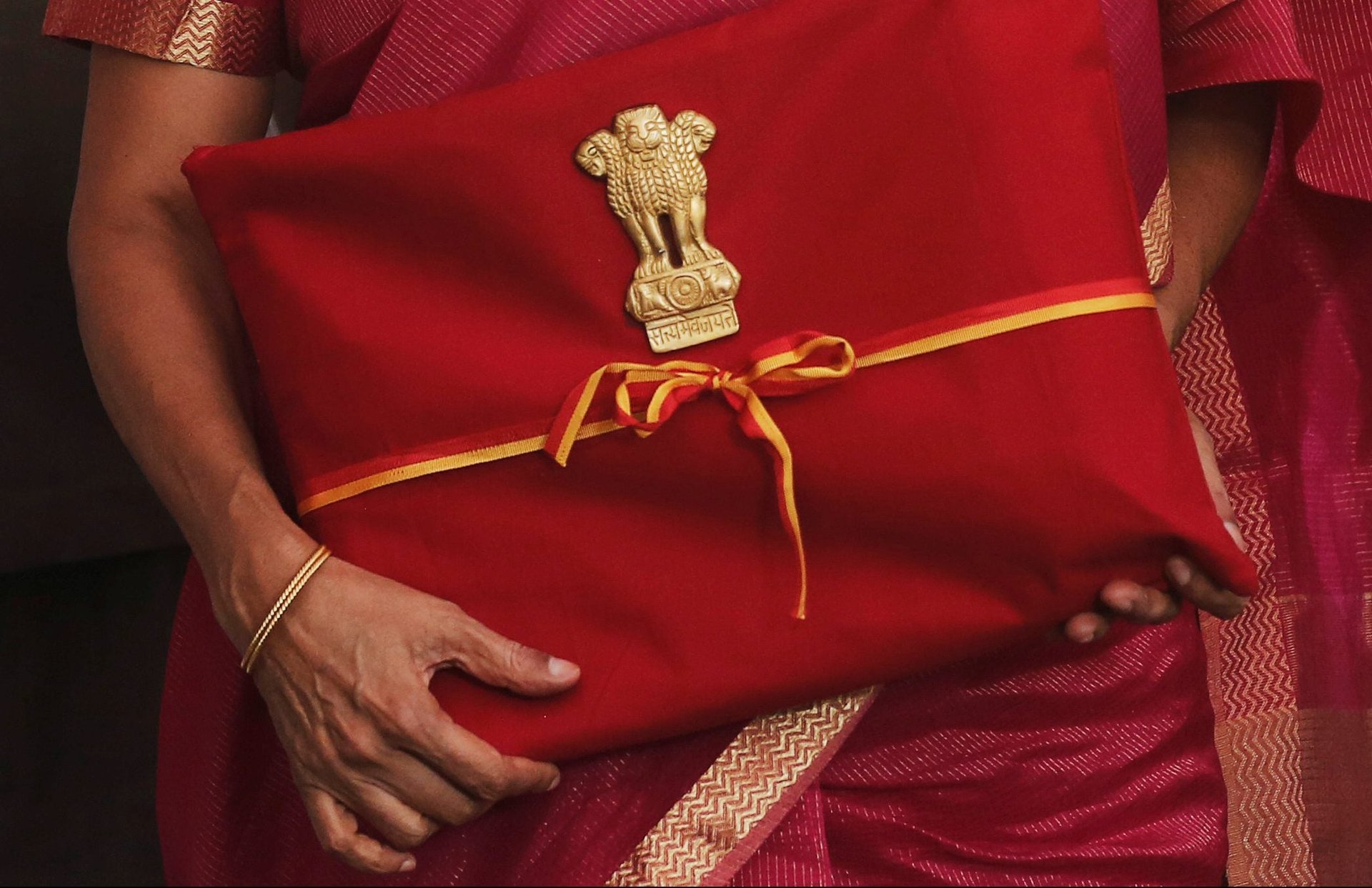If Budget 2020 throws fiscal caution to the wind, India Inc should brace for the worst
India’s finance minister, who will present her second union budget on Feb. 1, is caught between two conflicting objectives—fostering growth and maintaining fiscal discipline.


India’s finance minister, who will present her second union budget on Feb. 1, is caught between two conflicting objectives—fostering growth and maintaining fiscal discipline.
Given the country’s sagging GDP growth numbers, there is a clamour for Nirmala Sitharaman to increase government spending through higher borrowings. This, however, implies that she will not be able to keep fiscal deficit, or the difference between the government’s revenue and expenditure, in check.
Sitharaman’s first budget in July last year, was considered a fiscally prudent one. It had targeted a fiscal deficit of 3.3% of GDP for financial year 2020, revised down from the interim budget’s goal of 3.4%.
This target, though, will most likely be breached this financial year.
So far, tax collections have been sub-par, as a slowing economy generates lower taxes. Moreover, Sitharaman announced a cut in the country’s corporate tax rate from 30% to 22% in September last year, forgoing Rs1.45 lakh crore ($20 billion) in revenues.
In August, the government received a surplus transfer of Rs1.76 lakh crore from the central bank, which brought some relief on the revenue side, but it may not prevent fiscal deficit targets from slipping.
With not enough revenue, hiking government expenditure in Budget 2020 will only aggravate the government’s fiscal position.
Yet, with India’s GDP pegged to grow at an 11-year low of 5% in financial year 2020, many argue that growth concerns should take precedence, even if it means fiscal deficit widening to as much as 5% of GDP.
However, there is a cost associated with fiscal profligacy.
Corporates must pay more
Increased government borrowing from financial markets through the issuance of government bonds could crowd out private investors.
Investors in government-issued bonds get higher yields, forcing corporates to up the rates they pay to investors in their own bonds. This will effectively raise borrowing costs for corporates.
With rising corporate bond yields, businesses may have to approach banks for loans. Commercial banks, however, are currently risk-averse thanks to their own bad loans crisis.
Moreover, banks are in no position to cut interest rates on loans.
Banks compete with small savings schemes such as National Savings Certificate (NSC) and Public Provident Fund (PPF) to attract deposits. The interest rates on these schemes are linked to government bonds.
With rising fiscal deficit, interest rates on small saving schemes would also rise. In such a scenario, the banks will not be able to cut their own deposit rates, and correspondingly the interest rates on loans remain high.
RBI’s hands are tied
The slowing economy is also accompanied by rising inflation that forced the central bank to pause its rate cut cycle in December.
December inflation rate stands at 7.35%, crossing the upper band of 6% fixed by the RBI. With the central bank left with little space for further rate cuts, interest rates may not fall any further. It is also an accepted fact that the 135 bps cumulative rate cuts by RBI in the past year has not been effectively transmitted to the customers.
The central bank even resorted to “Operation Twist” in December to lower the long-term yields, by selling long-term bonds and purchasing the short-term bonds simultaneously. The aim of “Operation Twist” was to lower long-bond yield to benefit the long-term borrowers.
However, its impact will recede once the worry of higher fiscal deficit enters the market.
Access to credit is an important ingredient for investment to take place. The widening of fiscal deficit could make the credit more expensive for the private investors.
Rather than focusing on a fiscal stimulus package, government should unleash structural reforms on land and labour markets.
We welcome your comments at [email protected].